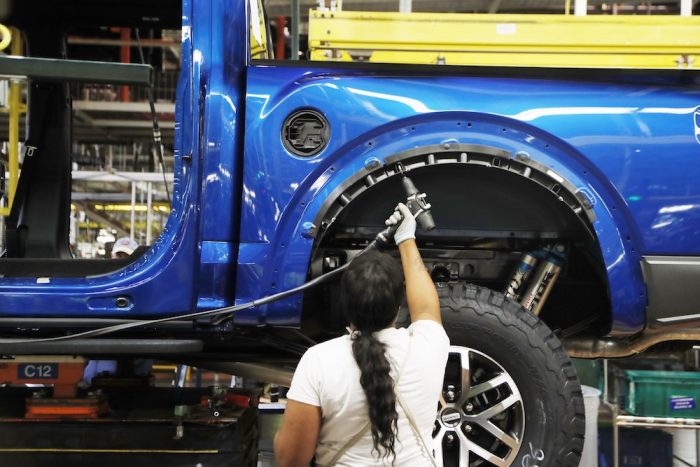
Editor’s note: This essay is adapted from Christopher R. Martin’s 2019 book, No Longer Newsworthy: How the Mainstream Media Abandoned the Working Class (Cornell University Press).
In June 1951, the Nieman Foundation for Journalism at Harvard held a two-day conference for labor reporting. Louis Lyons, the curator of the Nieman Foundation at the time, introduced Louis Stark, the longtime New York Times Washington bureau labor reporter, as “the ringleader of the conference.” Stark’s work assembling the conference might have been an effort to ensure his legacy and the future of labor reporting, a beat he helped to foster. He started working at the New York Times in 1917, became a full-time labor reporter in 1924, won a Pulitzer Prize in 1942 for labor reporting, and left the beat in August 1951 — just two months after the Nieman conference — to become a Times editorial writer.
There were 22 “newspapermen” listed in the Nieman Reports account of the conference. They all stayed in Mower Hall, one of the Harvard Yard dormitories, and took meals together at the Harvard Faculty Club.
The point of this first-time gathering of so many labor reporters, Stark said, was that labor reporting had come of age in the past 15 years, but “many still don’t take labor news seriously” and the conference could “point the way.” The emerging consensus of the conference was to have more labor reporting.
Labor reporter H. W. (“Hap”) Ward of the Associated Press estimated “there are 23 [labor reporters] between here and St. Louis,” and he argued for even more labor reporters: “There ought to be at least 200 labor reporters — at least part-time — because in every industrial town there is something in labor-management news and if the newspapers cannot see it to their advantage to cater to their readers, the wage earners, it is just too bad.”
Unfortunately, within two decades of the labor reporting summit, the hopes of the attendees came undone. Today there are just six full-time labor reporters in the top 25 newspapers across the U.S., none in network or cable news, none at NPR or PBS, and just a few at digital news organizations and magazines on the left. What happened?